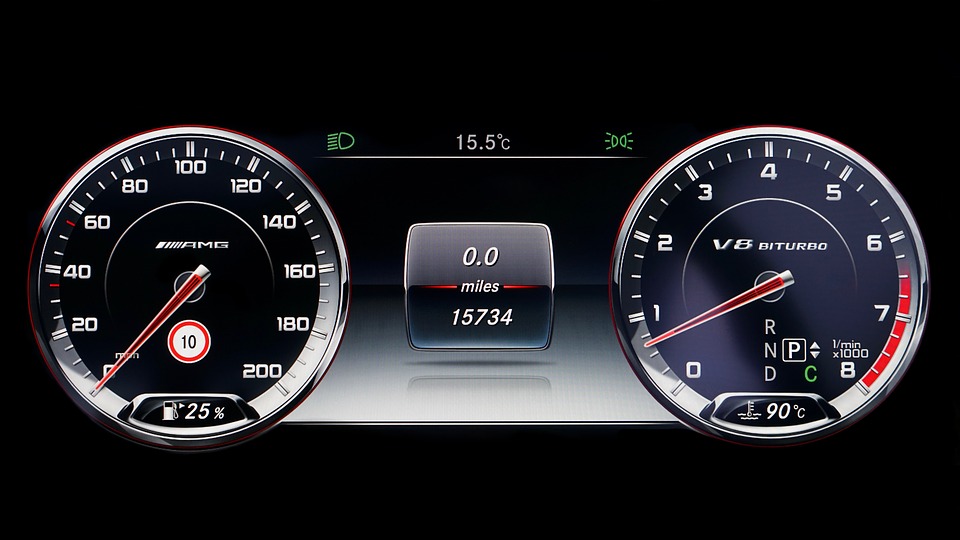In news
India has announced a National Hydrogen Mission that will draw up a roadmap for using hydrogen as an energy source. The initiative has the potential of transforming transportation
Hydrogen as fuel
- Hydrogen’s potential as a clean fuel source has a history spanning nearly 150 years.
- In 1874, science fiction writer Jules Verne set out a prescient vision in The Mysterious Island — of a world where “water will one day be employed as fuel, that hydrogen and oxygen which constitute it, used singly or together, will furnish an inexhaustible source of heat and light, of an intensity of which coal is not capable”.
Green Hydrogen
- Green hydrogen has specific advantages. One, it is a clean burning molecule, which can decarbonise a range of sectors including iron and steel, chemicals, and transportation.
- Two, renewable energy that cannot be stored or used by the grid can be channelled to produce hydrogen.
- This is what the government’s Hydrogen Energy Mission, to be launched in 2021-22, aims for.
How hydrogen fuel cells work
- Hydrogen is an energy carrier, not a source of energy. Hydrogen fuel must be transformed into electricity by a device called a fuel cell stack before it can be used to power a car or truck.
- A fuel cell converts chemical energy into electrical energy using oxidising agents through an oxidation-reduction reaction.
- Fuel cell-based vehicles most commonly combine hydrogen and oxygen to produce electricity to power the electric motor on board.
- Since fuel cell vehicles use electricity to run, they are considered electric vehicles.
FCEVs and other EVs
Electric vehicles (EVs) are typically bracketed into four broad categories
- Conventional hybrid electric vehicles or HEVs such as Toyota Camry combine a conventional internal combustion engine system with an electric propulsion system, resulting in a hybrid vehicle drivetrain that substantially lowers fuel usage. The onboard battery in a conventional hybrid is charged when the IC engine is powering the drivetrain.
- Plug-in hybrid vehicles or PHEVs such as the Chevrolet Volt too have a hybrid drivetrain that uses an IC engine and electric power for motive power, backed by rechargeable batteries which can be plugged into a power source.
- Battery powered electric vehicles or BEVs such as Nissan Leaf or Tesla Model S have no IC engine or fuel tank, and run on a fully electric drivetrain powered by rechargeable batteries.
- Fuel cell electric vehicles or FCEVs such as Toyota’s Mirai, Honda’s Clarity and Hyundai’s Nexo use hydrogen gas to power an on-board electric motor. FCEVs combine hydrogen and oxygen to produce electricity, which runs the motor.
Source: Indian Express





